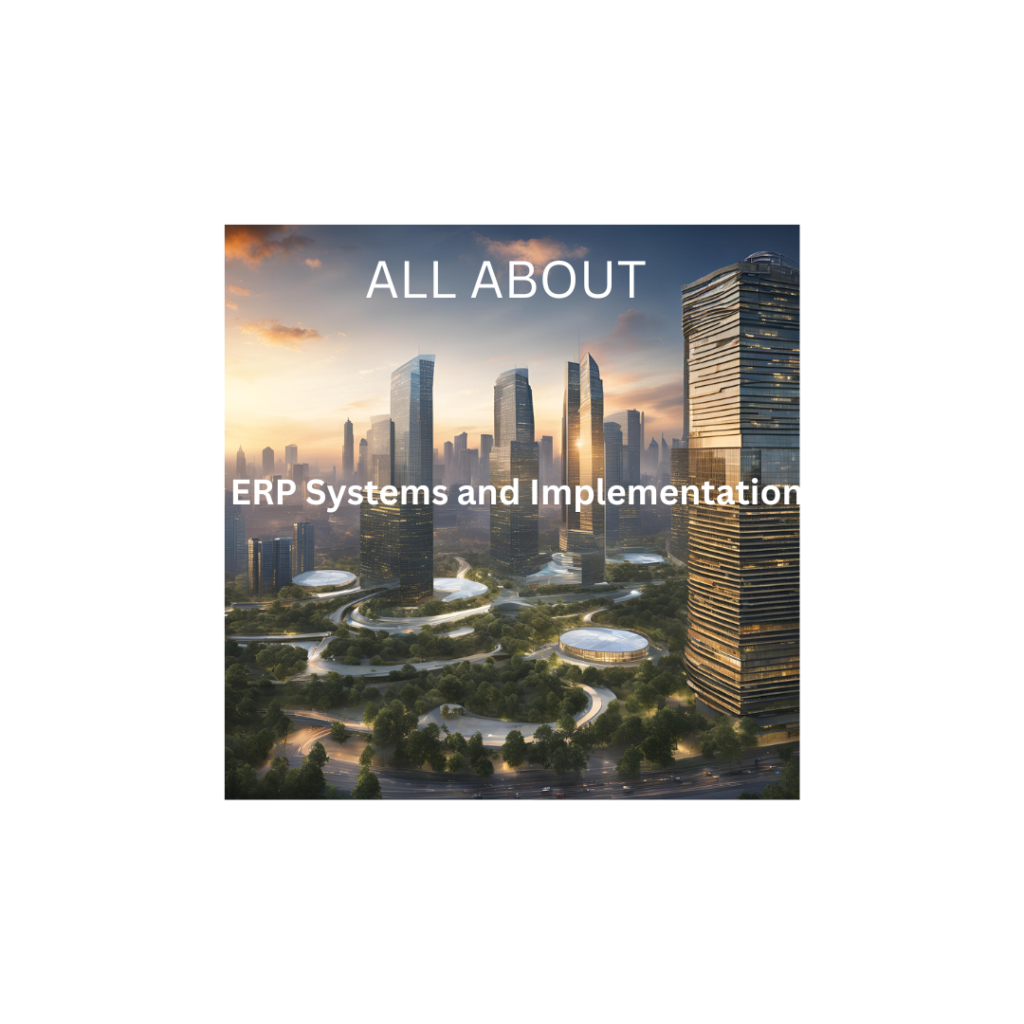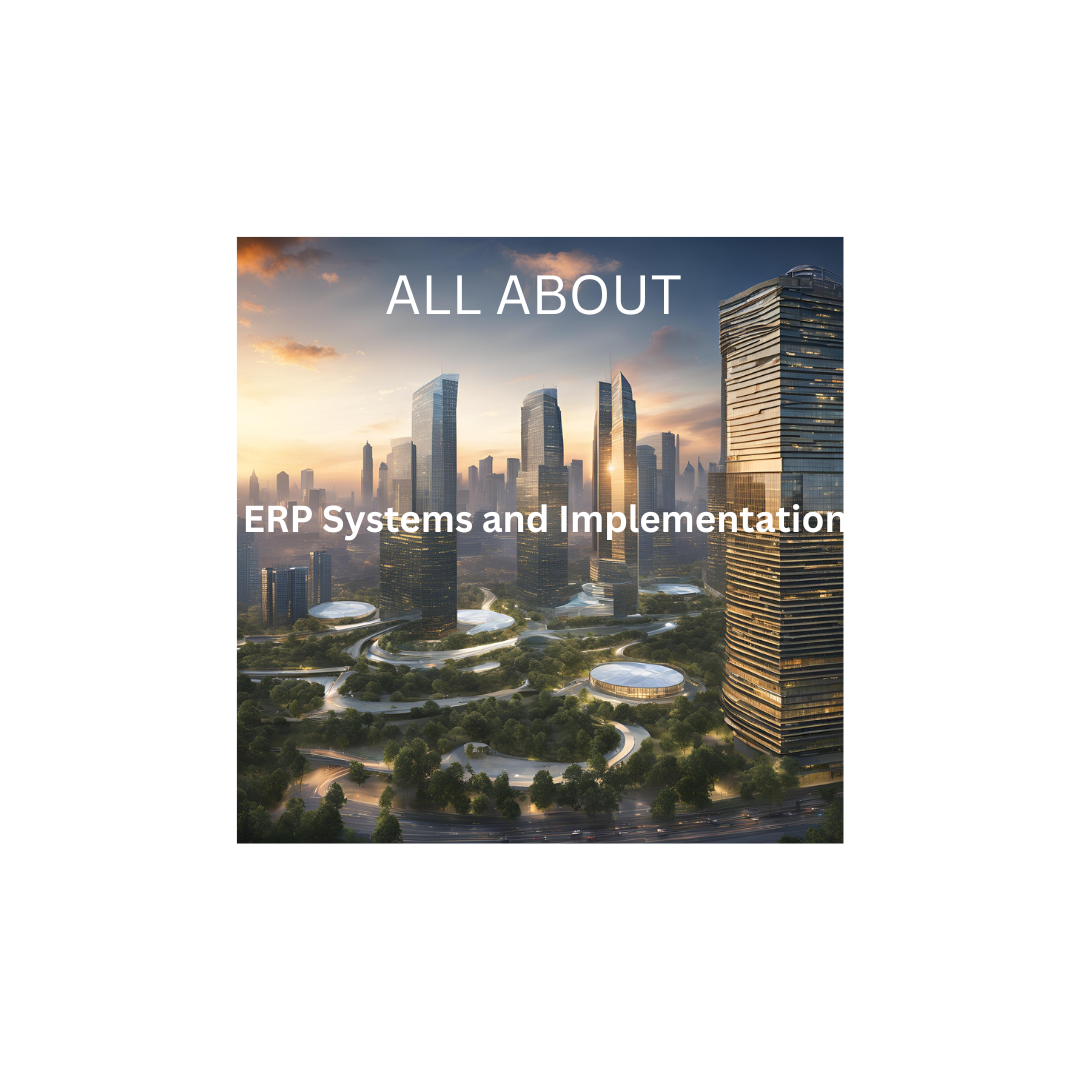ERP Systems or Enterprise Resource Planning systems, are software platforms that help manage all business functions. These systems use modules connected to a common database, allowing managers to oversee and adjust activities across departments like HR, payroll, sales, and operations. ERP systems can cater to various business sizes and industries, such as manufacturing or retail.
Table of Contents
What is ERP Systems Implementation?
ERP implementation is the process of deploying a new ERP system. This can involve replacing an old system, adding new capabilities to a current system, or starting fresh with a completely new setup. The success of an ERP implementation depends on user adoption, process alignment, data quality, and meeting business requirements.

Steps for Successful ERP Implementation
1. Planning the ERP Implementation
Project Definition:
- Establish clear goals and objectives.
- Create a detailed roadmap with scope, risks, budget, and staffing needs.
Project Team:
- Assemble a team with the right skills. Include a project manager, business consultants, and data analysts.
- Define roles and responsibilities clearly.
2. Designing the ERP System
Project Design:
- Create a blueprint including applications, third-party integrations, and affected business processes.
- Plan the design of essential elements like the chart of accounts.
3. Rolling Out the ERP System
Project Rollout:
- Determine the sequence of deployment across business units and locations.
- Set key milestones and future deployment plans.
4. Communicating the ERP Project
Project Communications:
- Develop a communication plan to keep everyone informed and engaged.
- Use a project name and logo to build recognition.
- Provide regular updates on progress and benefits.
Benefits of ERP Systems
ERP systems offer numerous advantages, such as:
| Benefit | Description |
|---|---|
| Integrated Information | Centralized data for better decision-making |
| Improved Efficiency | Streamlined processes across departments |
| Enhanced Productivity | Automated tasks reduce manual efforts |
| Cost Savings | Reduced operational costs through optimized resources |
| Better Collaboration | Improved communication and teamwork |
| Scalability | Flexible system that grows with the business |
ALSO READ :“1 .Welding Standards: Achieve Excellence with IS Code Guidelines”
ALSO READ : “Bihar Labour Card 2024: Online Application, Eligibility, Download, Status, and Benefits”
onestopdestination.digitalshare.in
Conclusion
Implementing an ERP system requires careful planning, a skilled team, and effective communication. By following these steps, businesses can successfully transition to an ERP system, leading to improved efficiency and growth.
Discover more from
Subscribe to get the latest posts sent to your email.






One thought on ““Transform your business with our expert ERP Systems solutions. Boost efficiency and cut costs now 2024!””